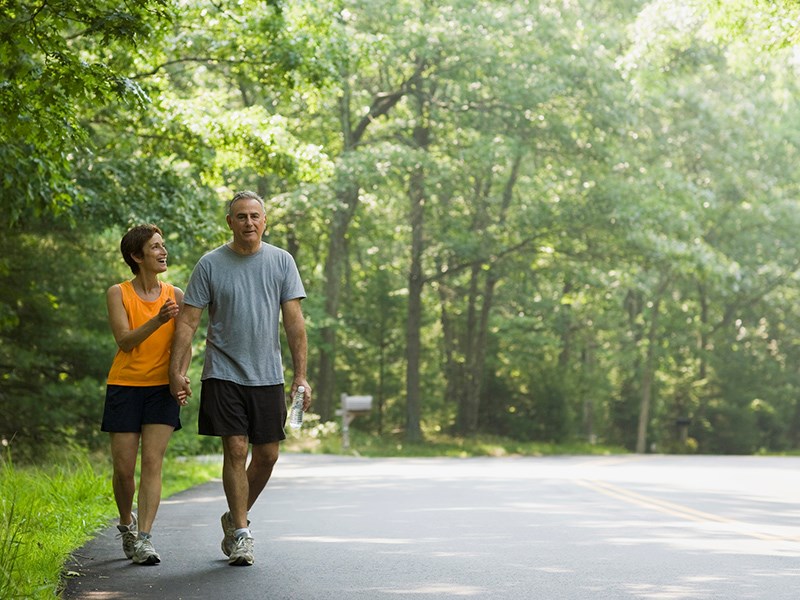As much as we need to stay active, we also need rest. Keep in mind, though, that rest does not necessarily mean Netflix marathons.
I’ve heard it said that we never overtrain, only under-recover, and I wholeheartedly agree. You are strengthening your body by putting it under a great deal of “controlled” stress, whether lifting heavy weights, doing sports or cardiovascular exercise, so you need to give your body the time and tools it needs to heal.
Working out causes microscopic tears in the muscles that need to be repaired. It is okay to be sore after working out; it just means you worked your muscles harder than before. And this is a good thing, since it will lead to progression.
What we do need is to allow our muscles time to heal so we can come back stronger. Sitting on the couch, however, is not going to do you any good. Movement is medicine, as they say, since to recover muscles need nutrients that are provided through our blood.
Keeping yourself moving or participating in activities that stimulate circulation will aid in your muscular recovery, so choose a light locomotor activity to keep your body moving, blood flowing and recovery happening.
Go for a walk
Prolonged standing, sitting, or lying down tightens muscles, leading to stiffness and soreness, especially if you have just worked out. Going for a walk gets your body moving, blood flowing and muscles working lightly, lengthening and shortening. This easy physical activity will release endorphins, which will make you feel better mentally and physically on the road to recovery. Not to mention the great views and people-watching opportunities in Powell River.
Foam rolling and self-myofascial release
Foam rolling is a self-massage technique that employs a cylindrical foam rolling tool to release muscle and fascia in the body to help reduce soreness and speed up recovery. Foam rolling promotes good blood flow, better movement and increased range of motion. Taking good care of our fascia, connective tissue that spans the body, is important as it helps to stabilize and support muscle in motion.
Infrared sauna
Recovery is certainly about keeping moving, but if you need to take it a bit slower, enjoying a relaxing infrared sauna session is a great way to spend some seated recovery time. Infrared saunas help increase much-needed circulation, stimulating blood flow that aids in muscle recovery. Infrared saunas can also decrease inflammation and the psychological effect of relaxation cannot be discounted.
Gentle workout or yoga
Doing a very light workout or gentle yoga is a great way to “actively recover.” Yoga is often a relaxing experience, putting much emphasis on finding increased length and range of motion though active stretching. Moving the body will help to reduce stiffness, and deep stretching, like that in a Yin yoga practice, will aid in muscular release. The best argument for yoga, though, is the development of a mind-body connection that is beneficial in all aspects of your physical regimen.
Make time for your recovery, not just “rest” or sleep, remembering that active recovery will yield the greatest benefits for your body in the long term. Most importantly, listen to your body; it will tell you what it needs. There is no overtraining, just under-recovery.
Do what you can with what you have where you are, and always prioritize the positive.
Melissa Sloos is a certified group fitness instructor, spin instructor and studio manager at Coast Fitness.



